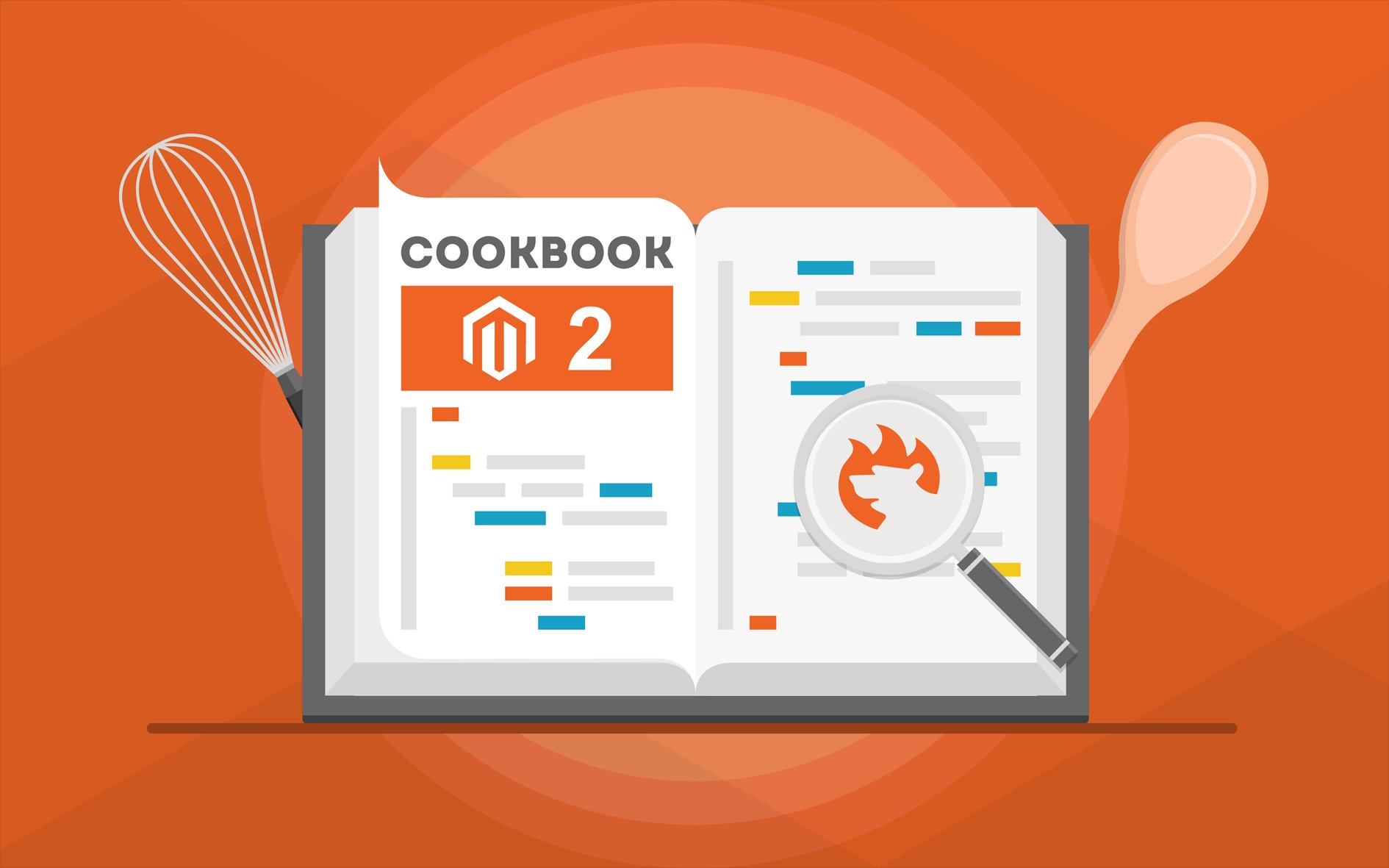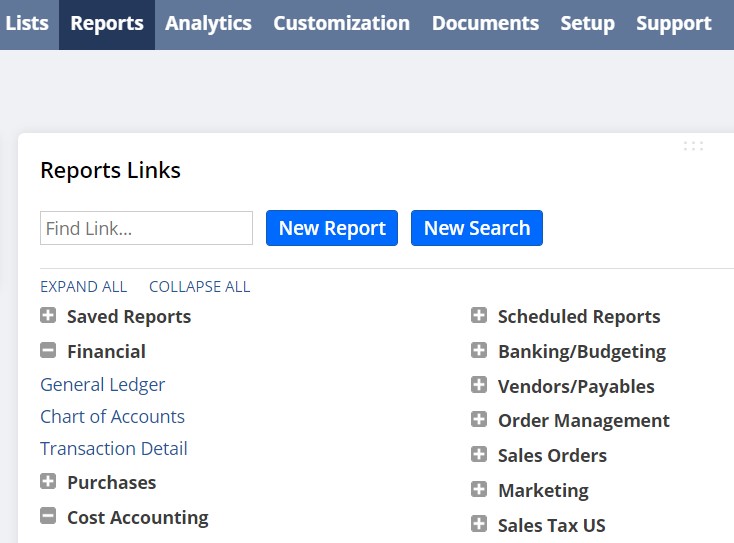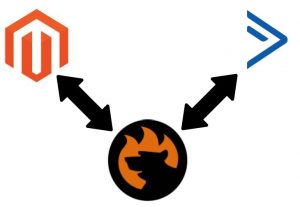Magento 2 GraphQL Tutorial: How to Import Data via GraphQL API into Magento 2

The following Magento 2 GraphQL tutorial describes how to import and export data into/from Magento 2 with the help of GraphQL API. This connection type is yet impossible out of the box, but the community is working hard to introduce it as a replacement for REST API. At the same time, some tools enable Magento 2 GraphQL API import and export right now. For instance, you can leverage the Magento 2 GraphQL API import and export processes with the Improved Import & Export Magento 2 module.
The following article sheds light on how to import data into Magento 2 via GraphQL API with the help of our extension. You will find out how to enable the Magento 2 GraphQL API import and what extra benefits it is associated with. If you are not familiar with what GraphQL API is, we’ve also prepared a chapter that describes this standard and its benefits over REST and SOAP. Besides, an FAQ section provides answers to frequently asked questions about GraphQL Magento 2 import and export processes.
Continue Reading








